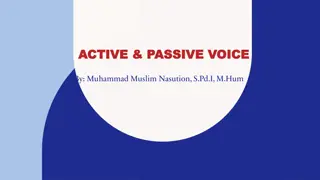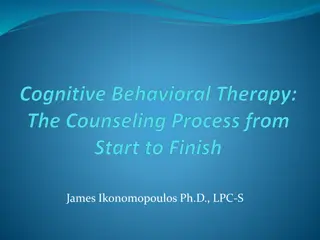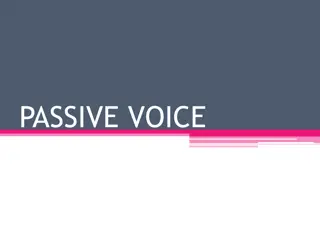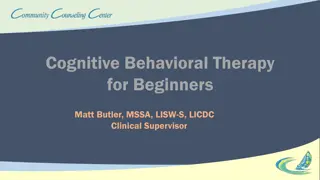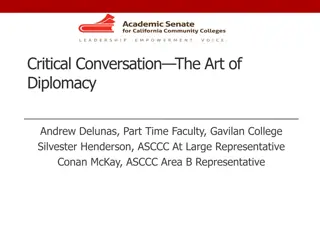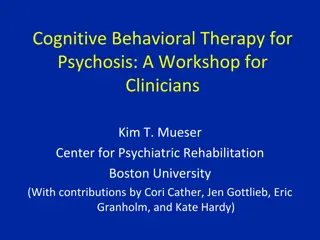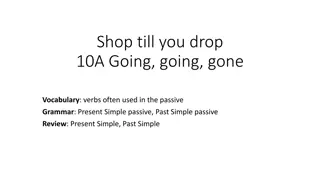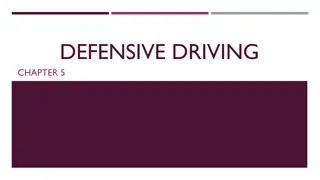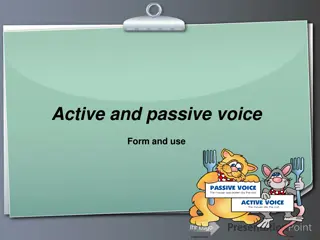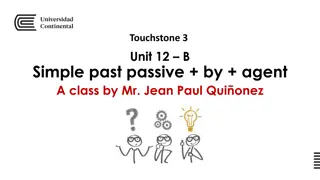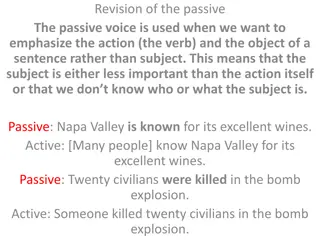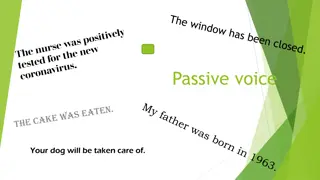Understanding Aggressive vs. Passive Communication Styles in Cognitive Behavioral Therapy
Explore the impact of communication styles on outcomes in cognitive behavioral therapy. Learn to identify default communication styles and strategies to promote assertive communication. Discover the benefits of replacing default styles with assertiveness for better interpersonal interactions.
- Communication styles
- Cognitive Behavioral Therapy
- Assertive communication
- Interpersonal skills
- Therapy methods
Download Presentation

Please find below an Image/Link to download the presentation.
The content on the website is provided AS IS for your information and personal use only. It may not be sold, licensed, or shared on other websites without obtaining consent from the author. Download presentation by click this link. If you encounter any issues during the download, it is possible that the publisher has removed the file from their server.
E N D
Presentation Transcript
JANUARY 2023 Tip of the Month Aggressive vs Passive Communication Styles Interagency Council on Intermediate Sanctions ICIS Brought to you by
Communication Styles: Aggressive vs Passive (Cognitive Behavioral Therapy - Curriculum) Cog/Beh Therapy has two parts: Identify the default communication style: Aggressive, Passive, or Passive-Aggressive 1. Cognitive Restructuring Explore the ways in which Assertive communication can substitute for the default communication style 2. Cognitive Interventions
Communication Styles: Aggressive vs Passive (Cognitive Behavioral Therapy - Curriculum) When client shares a story about a conversation gone wrong , often times it is the default communication style causing the suboptimal outcome Ask the client to relay the conversation in detail, making connections between the words said and the default communication style. Encourage the client to identify the short and long term benefits of using Assertive communication as a replacement for the default style
Video: Aggressive vs Passive https://youtu.be/5ZUpsv4DYKw



